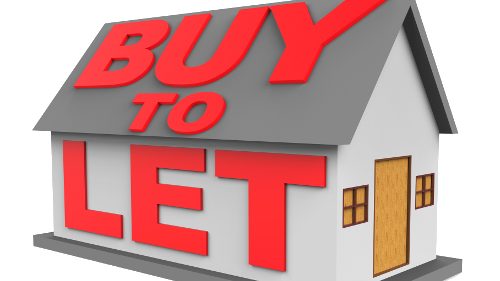
Traditional real estate investing
When someone thinks of investments in real estate, the first thing that comes to mind is to purchase a physical property with the expectation that prices will rise in the future and to enjoy the rent proceeds. This is the most conventional real-estate investment and despite the positives it also comes with a lot of downsides and obstacles for the investor. You can find a summary of the comparison between the two types of real estate investing here (traditional vs professional).
Advantages

The benefits of buying a physical property are more of a psychological nature rather than economic.
1. Sense of security
One advantage of purchasing a property is the sense of security it offers since you can actually see, feel and experience the property you bought.
2. Sense of ownership
The sense of ownership a property offers is also important for some people. That emotional feeling towards a property and the ability to call a house ‘theirs’ arising from the tangibility of the asset mentioned above, is also another positive of such investments.
3. Time horizon is by definition longer
Another important factor in investors’ psychology is the not so frequent mark-to-market of the asset. This reduces the stress of looking at the price of the asset everyday, holding the asset for a expanded time horizon without worrying about a daily, weekly or monthly drop in prices.
Disadvantages
1. Barriers to entry

One significant downside of traditional real estate investing is the barriers to entry as a large amount of initial capital is required to buy a property (You cannot buy a house for 20,000 EUR).
2. Transaction delays
There is a long transaction delay (often more than 3 months) from the time the investor decides to buy or sell a property until the transaction actually occurs.
3. Large maintenance costs
Cost-wise, buying a property is associated with large maintenance costs, ranging from absolutely necessary repairs to keeping up with housing innovations.
4. Large set-up costs
Physical properties also come with initial set up costs, such as paying the agent fee, lawyers and notaries.
5. Taxes can be substantial
The investor faces the tax burden of both ENFIA & taxed rent proceeds.
6. Uncertainties in revenues
Investors also have to deal with the uncertainty in revenue stream, arising from tenants’ inability to pay or even periods with zero revenue stream while searching for a new tenant.
6. Risk is concentrated
Another downside of owning a specific physical property is that investors’ risk is concentrated in one place. Hence, the price of the property would be largely affected by natural disaster risks, adverse changes to the residential area reducing the asset value and geopolitical risks in the country where the asset is based.
7. Winner’s Curse
Lastly, as the investor, more often than not, is not a professional in the real estate industry, when buying a property he/she risks buying an overpriced asset. The investor may initially believe in the ‘illusion’ of his bargaining power but he risks facing the ‘Winners’ Curse’ (e.g. An agent has plenty of offers for a property in his hands, so the ‘winning’ feeling when an investor makes the highest bid and ‘wins’ the property is soon replaced with the disappointing feeling of striking an overpriced deal).
Implementation
Your local real estate broker